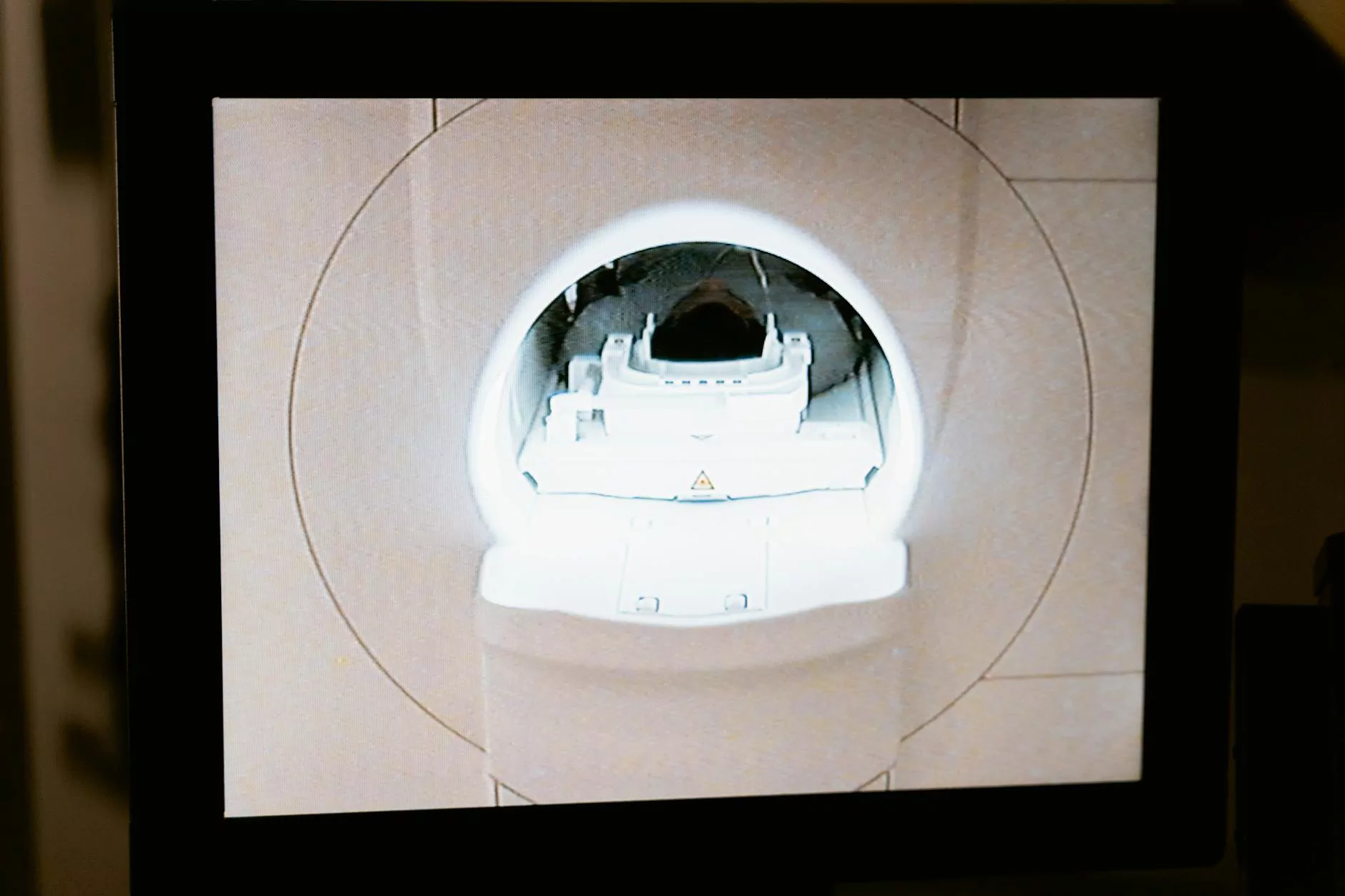Agile Web Design: Growth-Driven Design vs Traditional Web Design
Blog
Introduction
Welcome to SEO Martian, your trusted partner in business and consumer services, specifically in the realm of SEO services. In this article, we'll delve into the world of web design and explore the contrasting approaches of growth-driven design and traditional web design. We aim to provide you with valuable insights and guidance, helping you make informed decisions when it comes to optimizing your online presence.
Why Does Web Design Matter?
In today's digital landscape, having a well-designed website is crucial for any business to thrive. Your website serves as the online face of your brand and plays a significant role in converting visitors into customers. It is not merely a visual representation, but a powerful tool that can make or break your online success.
Growth-Driven Design: The Next Evolution
Growth-driven design (GDD) is a revolutionary approach to web design that focuses on continuous improvement and iterative enhancements. Unlike traditional web design, which follows a linear process, GDD adapts to the ever-changing landscape of user preferences and market demands. It ensures that your website is always evolving and remains aligned with your business objectives.
Benefits of Growth-Driven Design
- Flexibility: GDD allows for flexibility in incorporating changes and optimizations, ensuring your website keeps pace with evolving industry trends.
- Data-Driven: GDD relies on data and user feedback to drive decision-making, resulting in a more customer-centric and effective web design.
- Rapid Launch: With GDD, you can launch an initial website quickly, focusing on the essentials, and gradually enhance it based on real-time user insights.
- Continuous Improvement: GDD encourages ongoing optimization, enabling your website to continuously adapt, grow, and deliver optimal user experiences.
- Improved ROI: By aligning your website with user expectations through continuous optimization, GDD helps boost conversions and maximize your return on investment.
Traditional Web Design: A Linear Approach
Traditional web design, also known as the waterfall approach, follows a linear process that starts with extensive planning and ends with a final product. While this methodology has been widely used in the past, it may not always cater to the dynamic needs of modern businesses.
Drawbacks of Traditional Web Design
- Longer Development Time: Traditional web design often requires extensive upfront planning, resulting in longer development cycles and delayed launch.
- Limited Agility: Once the website is completed, making changes and improvements can be time-consuming and potentially expensive.
- Lack of User Input: Traditional web design may not prioritize user feedback and data analysis, leading to potential mismatches in user expectations.
- Inflexible Design: As market demands and user preferences evolve, traditional web design may struggle to keep up, potentially hindering growth and conversions.
- Risk of Overspending: Traditional web design often involves significant upfront investments, leaving little room for adjustments based on real-time insights.
Why Choose Growth-Driven Design?
If you are seeking a website that continuously evolves, keeps pace with user demands, and empowers your business to thrive, then growth-driven design is the ideal choice. By embracing GDD, you unlock endless possibilities for optimization and growth, ensuring your website never becomes stagnant.
Conclusion
In the ever-evolving digital landscape, having a website that delivers exceptional user experiences and drives conversions is fundamental. As SEO Martian, we specialize in offering agile web design services, specifically growth-driven design, to help businesses unlock their online potential. By partnering with us, you gain a competitive advantage with a website that continually adapts, engages, and converts. Contact us today to embark on a journey towards sustainable online success!










